Pellet Fuel FAQ’s
What are wood pellets made of?
Wood pellets are a type of wood fuel, that is made from dried and compacted sawdust.
Why are my pellets shiny?
Lignin, which is a naturally-occurring substance in wood, rises to the surface during wood pelletproduction and leaves the pellets smooth and shiny. Lignin also acts as a natural glue and is whatholds the pellet together.
Can wood pellets go bad?
No, as long as your pellets are properly stored, they will stay good for many years to come. Keep in-mind that each bag will have tiny holes in them to allow air to escape during the bagging process. Make sure to store your pellets in a dry place where they can’t get wet.
What pellets are best to burn in my stove?
This isn’t a simple question to answer, the short answer to this, the ones that burn best in your stove.
First thing to understand is that not all pellets are created equal. There are 4 grades of heatingpellets plus food grade pellets as well. The four grades of pellets are Premium, standard, utility, & equine. Premium grade pellets are the most common and every type of pellet stove can burn these pellets. Standard grade is going to be a lower quality pellet that would work good enoughin most cases for most heating purposes. The utility and equine (horse bedding) pellets are not intended for use in your standard home heating appliances.
Utility grade pellets are generally used for commercial heating applications like boilers. For the average consumer, utility pellets are not available, and if they are only available by bulk, non-bagged formats. All grades of pellets are standardized by the pellet fuels institute.



Premium pellets even come with what manufacturers are calling a super premium pellet. There is no standard for these pellets. But you should notice a difference in them from your premium pellets. As you can see from the chart, the premium pellets will be a denser pellet, with a higher durability (Won’t crumble), a lower percentage of fines, and a lower percentage of ash, and lower moisture content.
The higher pellet density pellets will equate to more heat per pound of pellets. These are usually a hardwood pellet, or a blend of hardwoods and softwood. In theory you should get a little more heat out of your pellets. The premium pellets will also have a lower moisture content, which for the pellets means, they should light a little easier, and produce a little more heat since they don’t have to be dried out as much to burn as the standard grade pellets. Some people will notice the change in heat output on the low or #1 setting.
Ash is usually a big deciding factor in their choice of pellet, as you can see from the chart, you are allowed to have twice as much ash in your stove from standard pellets vs premium pellets. For some stoves with a large ash pan, this may not be a deciding factor. But if you have a stove with a small ash pan, or no ash pan at all, it means you are going to have to clean your stove more often.
Your choice of stove will also affect your choice on pellets. Each stove is going to burn a little differently from other models. Some may be fine with a standard grade of pellet but others may not be.
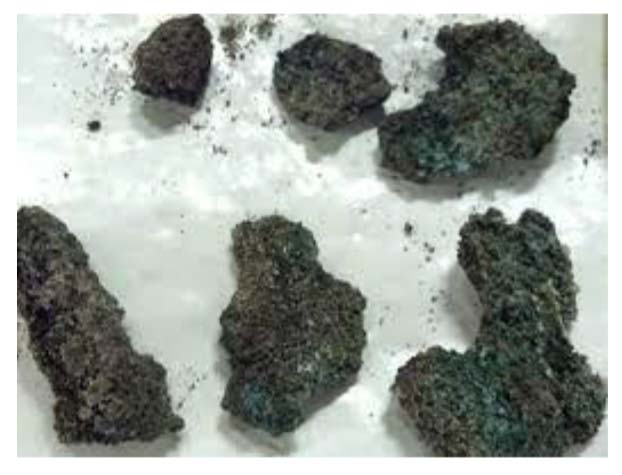
Things that will affect how your stove handles will be, if it’s a top feed or bottom feed unit, the shape of the burn pot, elevation from sea level, how clean the stove is, the vent configuration, and air shutter settings to name a few.
One thing that people don’t talk about often is the raw materials sourced for the pellets. Even though the pellets are coming from the same mill, On Monday the mill may be getting trees from the sunny side of the mountain, then the next day from the rainy side of the mountain. What this will ultimately affect is the mineral content of your pellets. This is not something that mills canregularly test for. Even though the tree may come from the same region it may have a different mineral content this week which will affect the clinkers that build up in your burn pot.
What we recommended is that you try 5-10 bags of each brand you can find andsee how you like them. Making sure to clean your stove thoroughly between each test run. We have been selling Lignetics for almost 30 years, they have always been a very good consistent brand. But there are others on the market that you may like just as well. What your deciding factors may be different from someone else’s, while some people’s choices are purely price driven, others are performance driven. The deciding factor is really upon you.
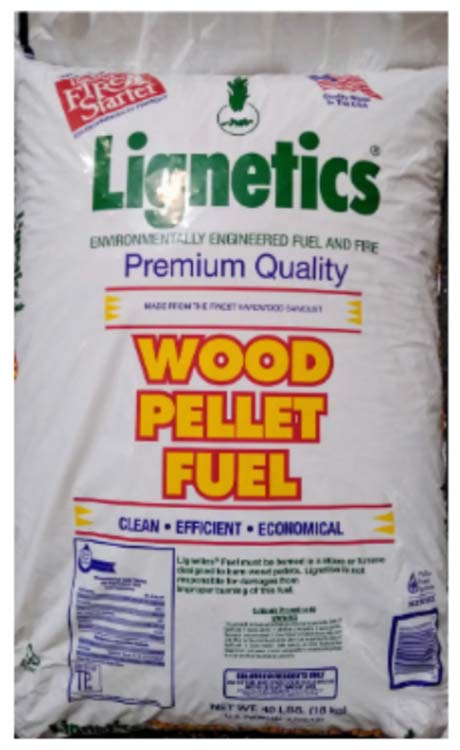
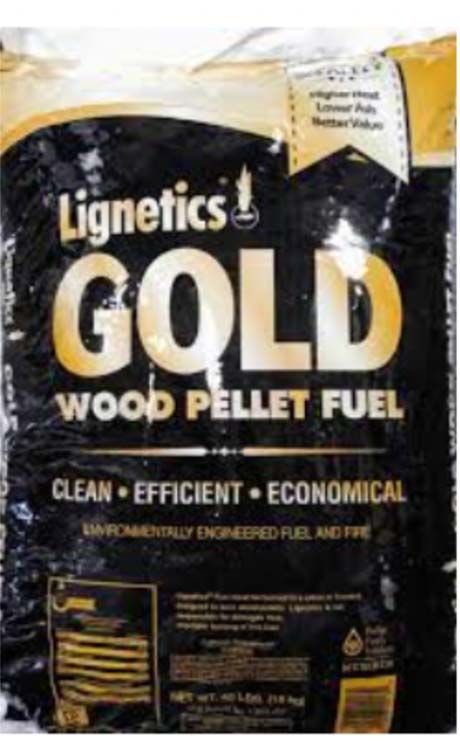
Can you burn pine pellets in your stove?
Yes, there is nothing wrong with burning an all pine pellet. It will usually be a standard grade pellet, with a high fine content, a low durability index. It will also have a strong pine odor to them. It’s important if you are switching between brands to make sure to adjust your ash shutter for your air to fuel ratio.
Can I burn corn in my pellet stove?
Short answer is only if your stove is specifically designed to. You should check your stove’s installation manual to see if this is a viable option for you. Long answer is that you probably shouldn’t. The first thing you need to consider when burning corn vs wood pellets is the anatomy of the plant. When you burn pellets you are burning the husk part of the plant, with corn you are burning the seed. And since you are burning a seed you are going to have a different chemical composition of the plant. Corn is going to be very acidic in nature as it will have a different purpose. Corn is a seed by nature, and seeds will have a different purpose than the husk or wood. Trees have acorns. Acorns and corn have the same purpose as that is what new life is going to start from.
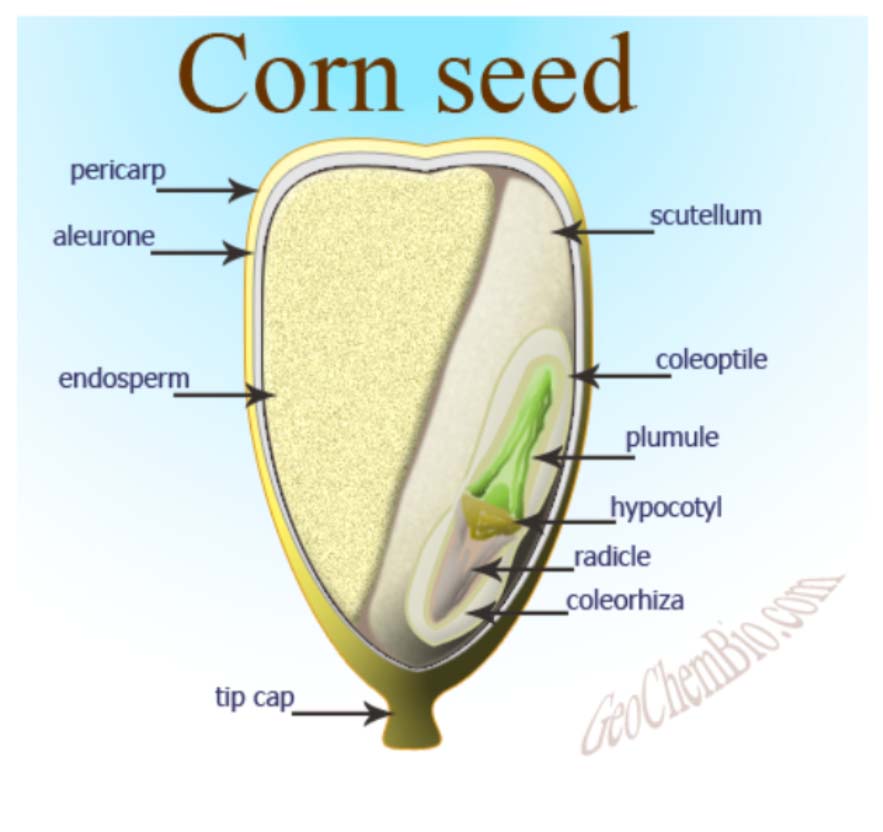
When you burn the corn, a bi product of corn is sulfur. Sulfur, when mixed with water, becomes sulfuric acid. Acid, of any type, will be very hard on the stove. It will also be very hard on your venting system. Make sure your venting system is warrantied for use with pellets as it needs to be made from a special alloy usually to handle the acidity of the corn. You will also need to keep your stove very clean and not let the corn residue build up in your stove. When burning corn your stove will need to be cleaned more often. Stoves that are specifically built to burn corn will have an agitator bar on them to stir up the corn clinkers that occur when burning corn.
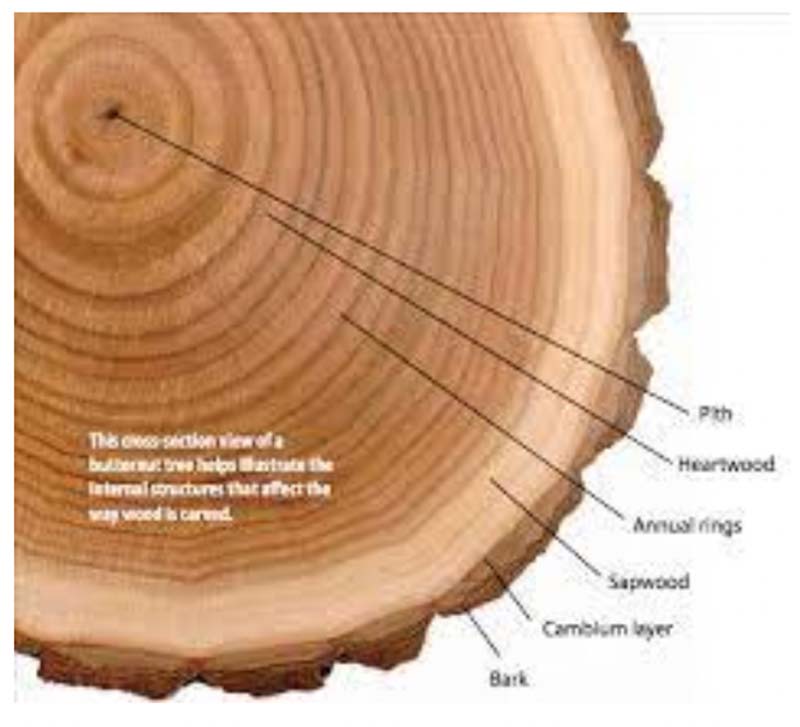

Values provided by PennState University. Click here for their article.